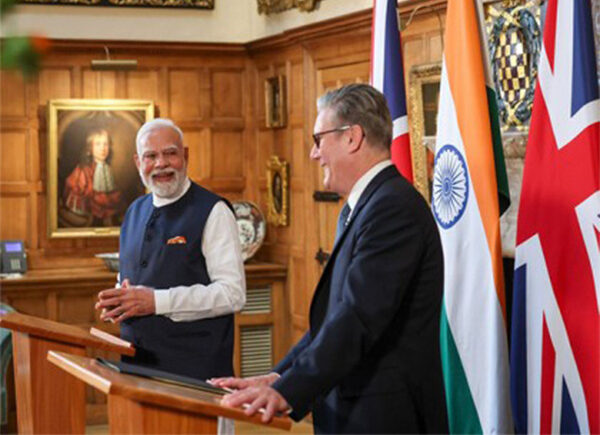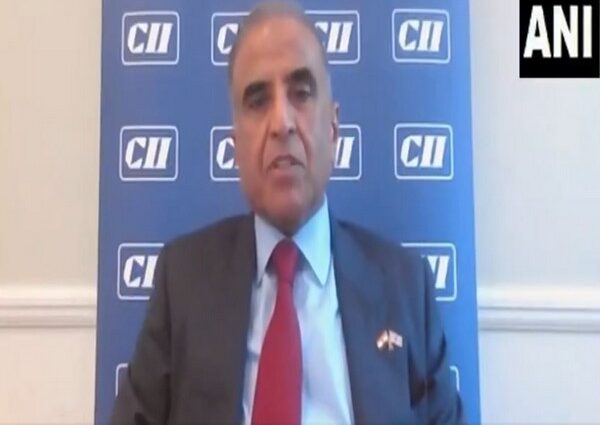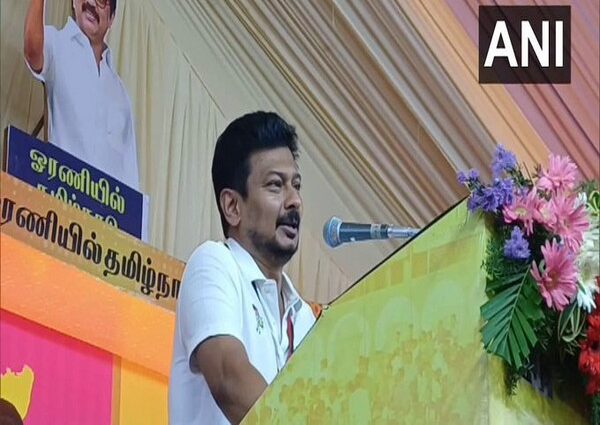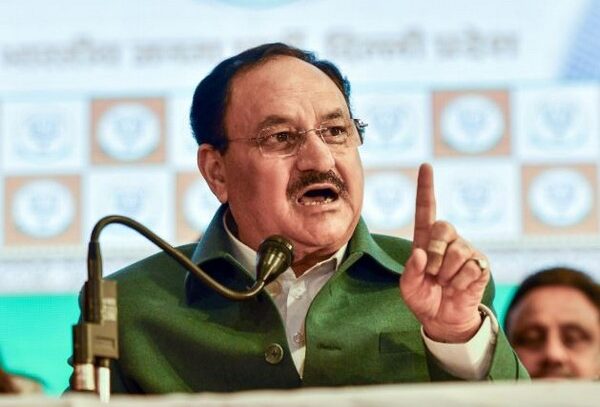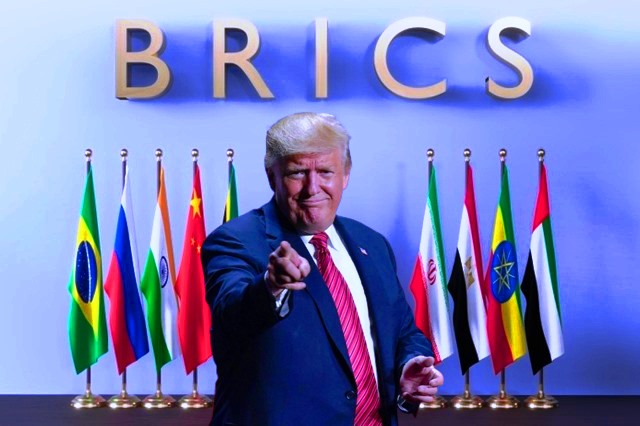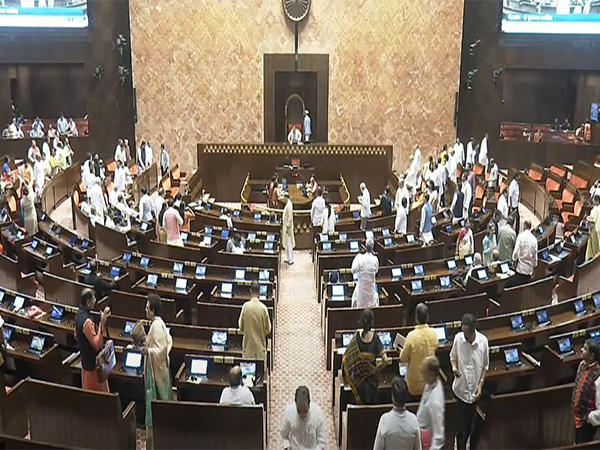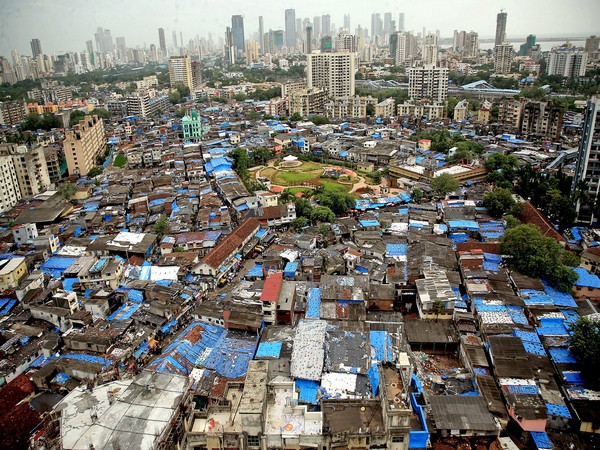Prime Minister Narendra Modi and his UK counterpart Keir Starmer shared a light moment during their joint press statement on Thursday, as the two leaders addressed the media following their talks in London.
As translations were being provided for questions and answers during the interaction, Prime Minister Modi, in a candid remark, said, “Don’t bother, we can use English words in between. Don’t worry about it.”
UK Prime Minister Keir Starmer responded with a smile, saying, “I think we understand each other well.”
The friendly exchange set the tone for the rest of the interaction, where Prime Minister Modi used a cricket analogy to describe the India-UK partnership. He said, “There may be a swing and a miss at times but we always play with a straight bat,” adding that both countries are committed to building a high-scoring, solid partnership.
PM Modi’s remarks, made during joint press statements with UK Prime Minister Keir Starmer, came as India and the UK signed the Comprehensive Economic and Trade Agreement and the two leaders endorsed India-UK Vision 2035.
The Indian Test cricket team is on a visit to England, and the series is seeing an intense struggle between bat and ball.
“I would be remiss not to mention cricket when India and the UK are coming together, especially during a Test series. For both of us cricket is not just a game but a passion. And also, a great metaphor for our partnership,” PM Modi said.
“There may be a swing and a miss at times. But we always play with a straight bat. We are committed to building a high scoring solid partnership. The agreements concluded today, along with our Vision 2035, are milestones that carry forward this very spirit,” he added.
PM Modi, who was on a two-day visit to the UK, said that day marks a historic milestone in India-UK bilateral relations.
“I am pleased that, after years of dedicated efforts, the Comprehensive Economic and Trade Agreement between our two countries has been concluded today. This agreement is more than just an economic partnership; it is also a blueprint for shared prosperity. On the one hand, it paves the way for enhanced market access in the UK for Indian textiles, footwear, gems and jewellery, seafood, and engineering goods,” he said.
“It will also unlock new opportunities for India’s agricultural produce and processed food industry. Above all, this agreement will be especially beneficial for India’s youth, farmers, fishermen, and the MSME sector. On the other hand, UK-made products such as medical devices and aerospace components will become more accessible and affordable for Indian consumers and industries,” he added.
PM Modi said that alongside the trade agreement, a consensus has also been reached on the Double Contribution Convention.
“This will inject new momentum into the service sectors of both countries, particularly in technology and finance. It will enhance the ease of doing business, reduce operational costs, and boost confidence of doing business. Additionally, the UK economy will benefit from access to skilled Indian talent,” he said.
“These agreements will boost bilateral investment and generate new employment opportunities in both countries. Moreover, these agreements between two vibrant democracies and major global economies, will also contribute to strengthening global stability and shared prosperity,” he added. (ANI)
